
PM’s India Visit: Opposition’s Blindness to Economic Potential in Religious Attire and Murrah Buffalo Bulls
Prime Minister Pushpa Kamal Dahal ‘Prachanda’s visit to India has become a focal point of discussion, with the opposition party raising critical points about the trip. Despite the agreements on cooperation in various sectors such as hydropower, transportation, railway connectivity, and digital money, the opposition has focused on two specific issues: Prachanda’s religious attire and the gift of 15 Murrah breed buffaloes from the Indian government to Nepal.
At the Mahakal Temple in Ujjain, Prachanda during his visit did a special puja with a 108-kilogram Rudraksha bead. Using a specially produced 108-kilogram Rudraksha bead from Kathmandu, Dahal had performed the aforementioned puja in the temple.
During the meeting of the House of Representatives on Monday, members of the opposition party seized the opportunity to raise the same two issues, attempting to make the case that Prime Minister Prachanda’s visit to India had yielded no substantial achievements. In addition to those concerns, the issue of transfer of encroached land using the ‘Bangladesh Model’ also ignited a major controversy within the Parliament.
While the opposition did not discuss the other achievements of the Prime Minister’s visit to India, which focused on infrastructure and development rather than politics, it is important to consider how the issues raised by the opposition party could potentially affect Nepal-India relations and the development sector in Nepal.
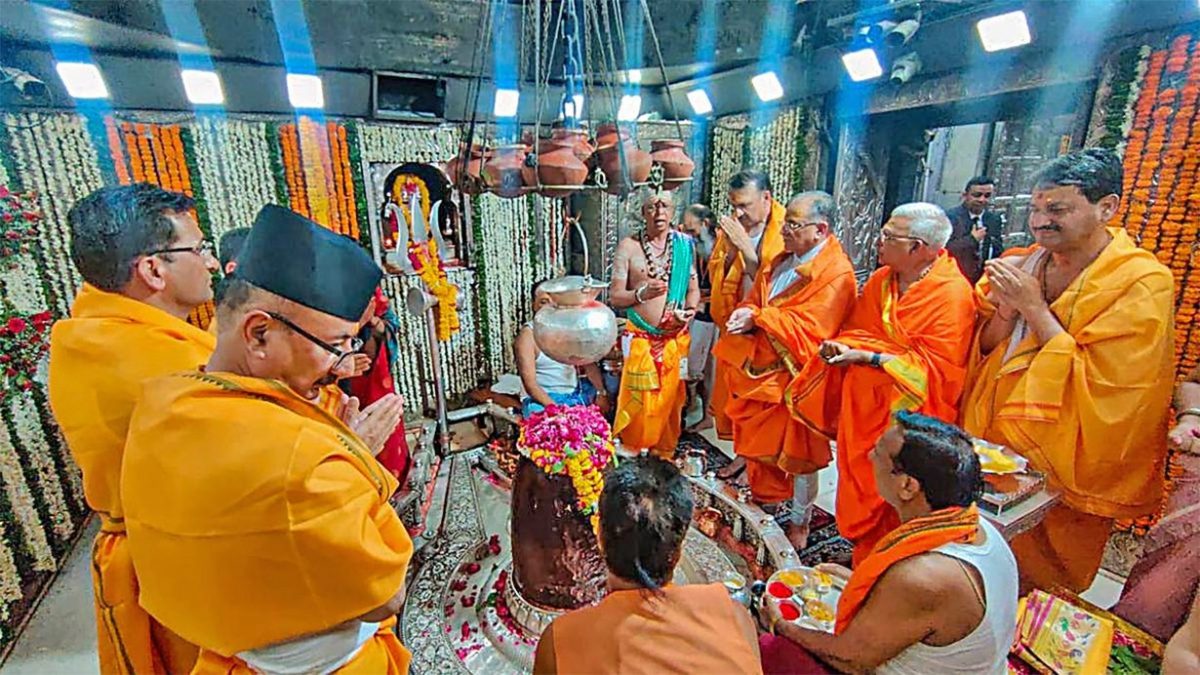
Issue of Wearing a saffron-coloured shawl
During his visit to India, Prime Minister Prachanda chose to wear saffron-coloured shawl while worshiping at the majestic Mahakaleshwar temple in Indore. However, critics questioned Prachanda’s actions, citing his communist background and revolutionary image as contradictory to his participation in Hindu rituals.
Nevertheless, analysts present a different perspective, urging that such an event should be seen in the context of fostering religious ties and promoting religious tourism between the two nations. Although Nepal is predominantly a Hindu country, there are also significant Hindu populations in India.
From the sacred site of Pathibhara in the east to the serene Khaptad in the distant west, Nepal is adorned with numerous religious centers deeply intertwined with Indian faith. Lumbini, associated with the birth of Buddha, and Janakpur, linked to the life of Lord Ram, are just a couple of examples. Notably, the revered Pashupatinath Temple, a hub for Lord Shiva’s devotees from around the globe, continues to allure a substantial number of Indian tourists.
Therefore, analysts argue that Prime Minister Prachanda’s attire should be seen as an effort to promote “religious tourism.” Prachanda himself asserts that criticisms about his choice of clothing after his visit to India are unjustified. He explains that he adhered to the religious protocol of the temple and believes that it conveyed a positive message to the entire nation of India.
In response to the situation, some individuals says Prachanda’s credibility in transitioning from an armed conflict leader to the leader of the entire country. They contend that, as the prime minister, he should prioritize decisions that benefit Nepal as a whole. Considering the immense potential for religious tourism, they argue that Prachanda’s attire should not be a significant cause for objection.
Prachanda emphasizes that his choice of attire should be understood as an act of cultural diplomacy in the paramount interest of Nepal. He highlights the ongoing discussions surrounding initiatives like the Ramayana Circuit and the Buddhist Circuit in Nepal. In this context, his visit to the Mahakaleshwar temple, which annually attracts millions of religious tourists, becomes an essential part of the broader plan.
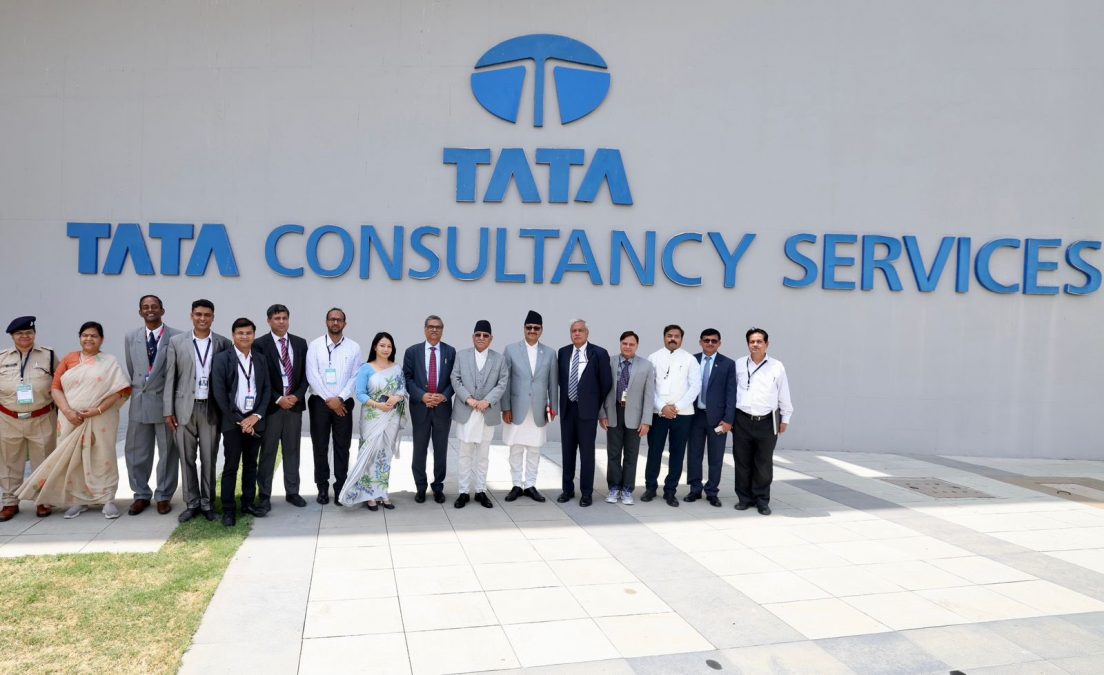
Murrah Buffalo Bulls
India graciously offering 15 Murrah buffalo bulls to the Government of Nepal has sparked widespread discussions, ranging from the social media to the parliament. As the controversy surrounding this development gained momentum, the Ministry of Agriculture found itself compelled to issue a statement and provide a much-needed clarification.
As per the ministry’s explanation, an agreement was forged back in 2018 with the aim of bringing 30 Murrah buffalo bulls to Nepal, intended to bolster breeding practices and enhance the overall quality of the buffalo population. And now, during Prime Minister Prachanda’s visit to India, this very agreement has come to fruition.
The 15 Murrah buffalo bulls in question will be utilized for crossbreeding purposes through the application of artificial insemination techniques, a method that will be applied to an astonishing 100,000 buffaloes. The ultimate goal is to substantially augment milk production in the region.
Elucidating further on this matter, the Ministry of Agriculture and Livestock Development announced on Sunday that the crossbreeding process, facilitated by artificial insemination, is projected to yield remarkable results. After the production of 150,000 doses of semen from these 15 Murrah buffalo bulls within a span of three years, a significant surge in milk production is expected across a staggering count of 100,000 buffaloes.
This development has been met with immense enthusiasm among farmers in Nepal, an agricultural country that cherishes its land and its produce. The prospect of augmenting the buffalo population and enhancing their breed has instilled a sense of hope and self-sufficiency within the farming community. With improved breeds and increased milk production, it is anticipated that farmers will reap substantial benefits from this endeavor, paving the way for a brighter and more prosperous future.
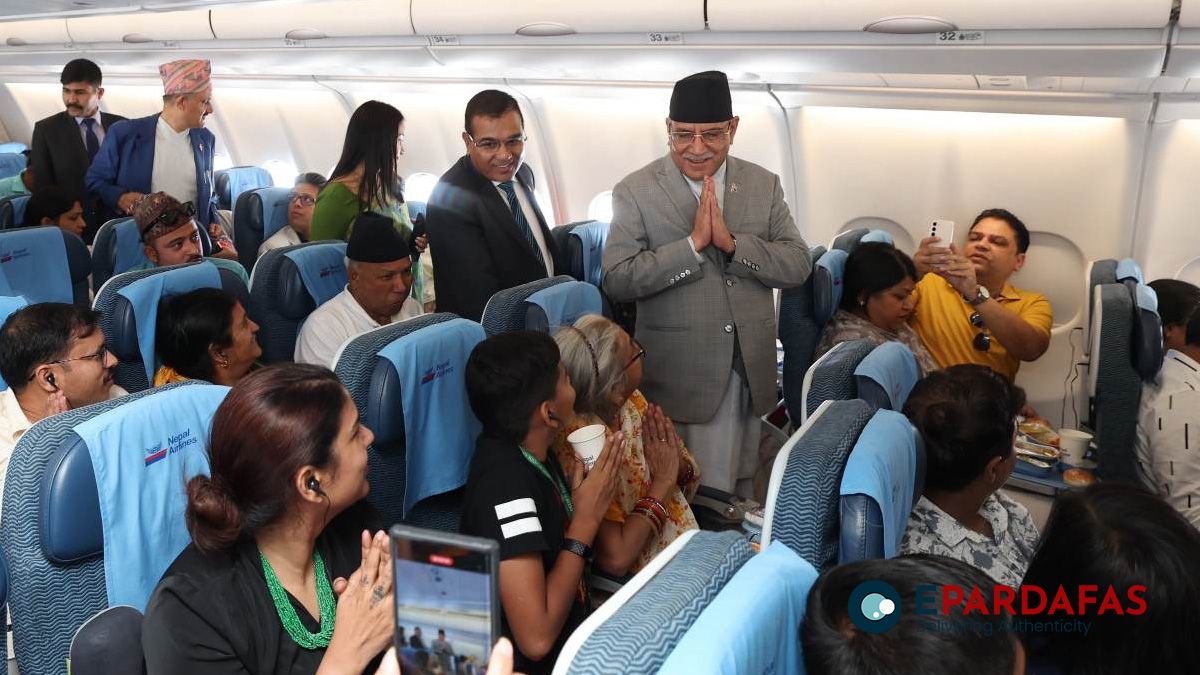
Discussion of the Bangladesh model
One of the key topics that took center stage in Monday’s parliamentary discussions was the contentious matter of land exchange, drawing inspiration from the Bangladesh model. Nepal, by unveiling a new map, has already staked its claim on territories including Kalapani, Lipulek, and Limpiyadhura. However, India remains unwilling to recognize these disputed lands as part of Nepal’s territory.
Meanwhile, during Prachanda’s recent visit to India, Indian Prime Minister Narendra Modi touched upon the border predicament in his address, expressing a commitment to finding a solution. Yet, the path to resolution remains unclear, with no concrete agreement reached thus far. Prime Minister Prachanda, too, made it unequivocally clear during the parliamentary session that he has not proposed adopting the Bangladesh model to address the issue with India.
India and Bangladesh have previously exchanged land as a means to settle their own border disputes. The opposition has raised concerns about Kalapani and other matters pertaining to the road connecting Nepal with Bangladesh. Nonetheless, the Prime Minister maintains that no such proposal has been put forward at this juncture.
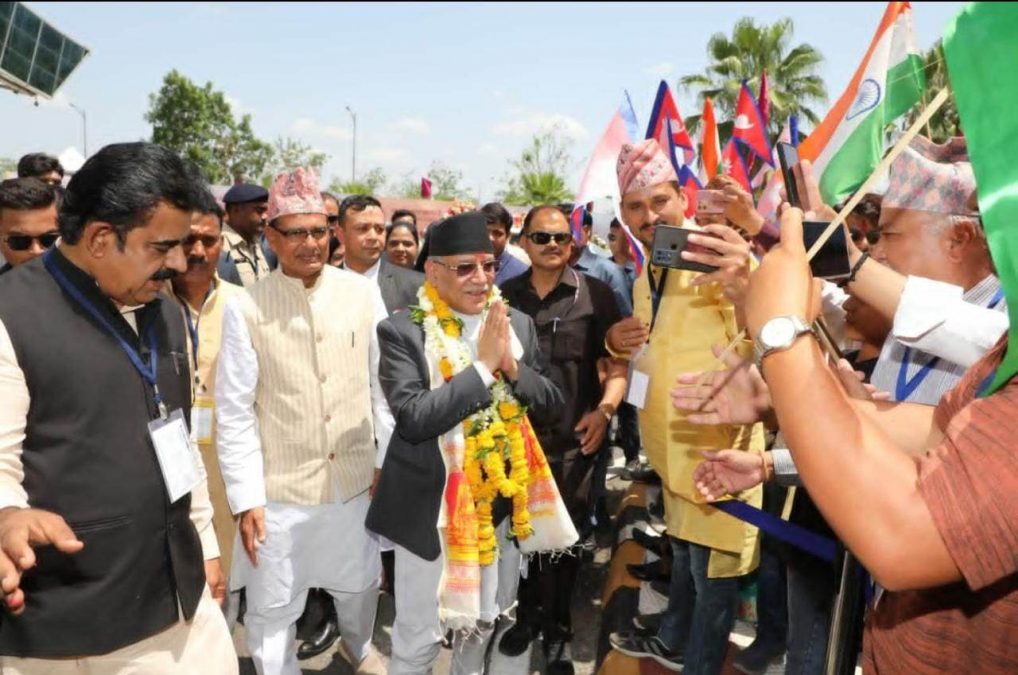
Diminishing Political Focus, Prioritizing Development Cooperation
In a departure from the past, the visit of the Prime Minister of Nepal to India is characterized by a remarkable shift in focus. While previous visits were marred by numerous political issues, this time both nations have prioritized cooperation in development plans, signaling a positive change.
Nepal and India have sealed significant cooperation agreements, particularly in the realms of energy and rail connectivity. Notably, the Eminent Persons’ Group (EPG) report and the border problem, which previously lacked concrete resolutions, did not yield solid agreements during this visit. Prime Minister Prachanda has emphasized his desire to preserve the strong bilateral relationship between the two nations, refraining from raising the issue of the EPG.
Instead, attention has been directed towards key initiatives such as the amendment of the Nepal-India Transport Treaty, the expansion of cross-border petroleum pipelines, and the construction of terminals connecting Amlekhganj-Chitwan and Siliguri-Jhapa. Additionally, the establishment of an integrated check post at Dodhara-Chandni, the project development agreement for the Lower Arun Hydropower Project, the development of the Phukot-Karnali Hydropower Project, and an agreement on cross-border payment have been accomplished.
Furthermore, analysts interpret India’s commitment to importing 10 megawatts of electricity over the span of 10 years, along with the arrival of trains at the Integrated Check Post (ICP) in Biratnagar, as notable achievements.
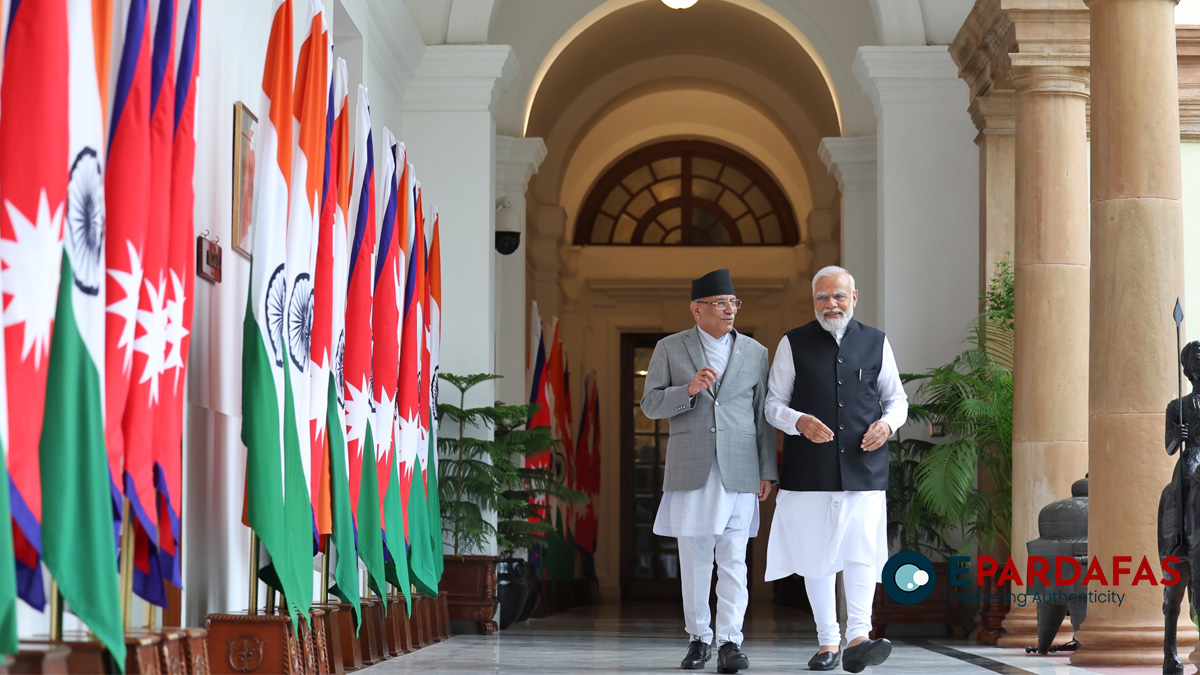


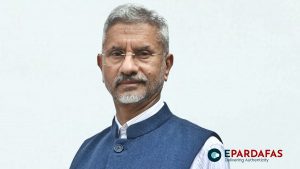
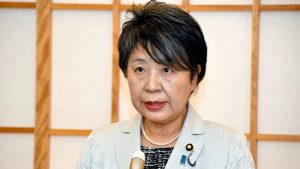


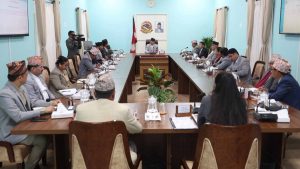
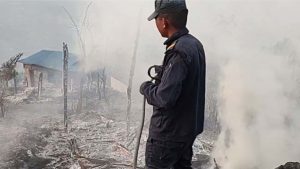






Comments